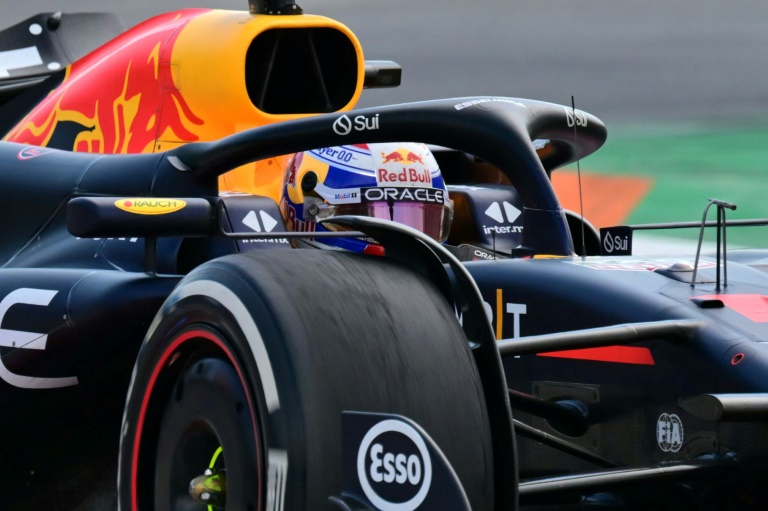SIGNS of gloom are mounting in the US$9.5 trillion ETF landscape, threatening to expose Wednesday’s (Sep 11) dip buying in stocks as a head-fake with traders cashing out of speculative trading vehicles.
Trading activity shows growing demand for exchange-traded funds (ETFs) that profit from declines in megacap tech stocks, smaller companies and semiconductors.
Take amped-up investment products that are designed to generate double or triple the inverse daily performance of the S&P 500 Index, the Nasdaq 100 Index, the Dow Jones Industrial Average, small caps and chipmakers. The volume of the 10 biggest ETFs tracking these kinds of themes has steadily risen this month, data compiled by Strategas Securities shows.
Investors typically become more aggressive in trading such products when the market sees a downturn, said Todd Sohn, the firm’s ETF strategist.
“Inverse product volumes are one measure to gauge fear and anxiety,” he said.
In another indication of growing risk aversion, daily trading volume in leveraged inverse ETFs is picking up relative to that in long ETFs, data compiled by Bloomberg Intelligence’s (BI) Athanasios Psarofagis show. The spread still favours the long side of the equation, but by the narrowest margin since last year. These high-octane inverse ETFs, which use derivatives to boost returns, have become a popular way for traders to express their views.
BT in your inbox
Start and end each day with the latest news stories and analyses delivered straight to your inbox.
Granted, stocks rallied on Wednesday, led by chipmakers as the latest consumer-inflation data cemented expectations for a quarter-point US Federal Reserve interest-rate cut next week. The S&P 500 is still up about 16 per cent this year, even after slumping badly last week.
But the trading in these ETF products underscores the worries on Wall Street around the AI-fuelled rally. Morgan Stanley’s Mike Wilson on Wednesday called the boom “overcooked”.
Other market indicators are exhibiting similar angst. Short interest in the US$31 billion iShares iBoxx $ Investment Grade Corporate Bond ETF, for example, is the highest since June, data from financial analytics firm S3 Partners show.
The typical dip-buying mentality has also been relatively weak of late in ETFs, according to Psarofagis. Equity ETF flows from 2021 to 2023 were much stronger in the weeks following broad stock declines compared to this year, data from BI show.
To Mohit Bajaj, director of ETFs at WallachBeth Capital, all these indicators could just show investors are biding their time to see how next week’s Fed meeting shakes out.
“There has been some volatility with the upcoming Fed announcement and also September rebalancing happening in the coming weeks,” he said. “It wouldn’t be surprising that many investors are just waiting for things to settle down a bit.” BLOOMBERG






